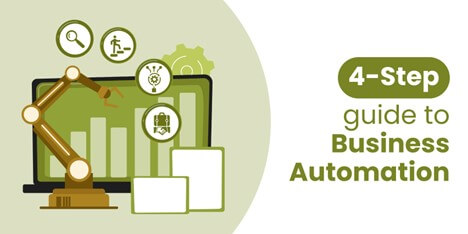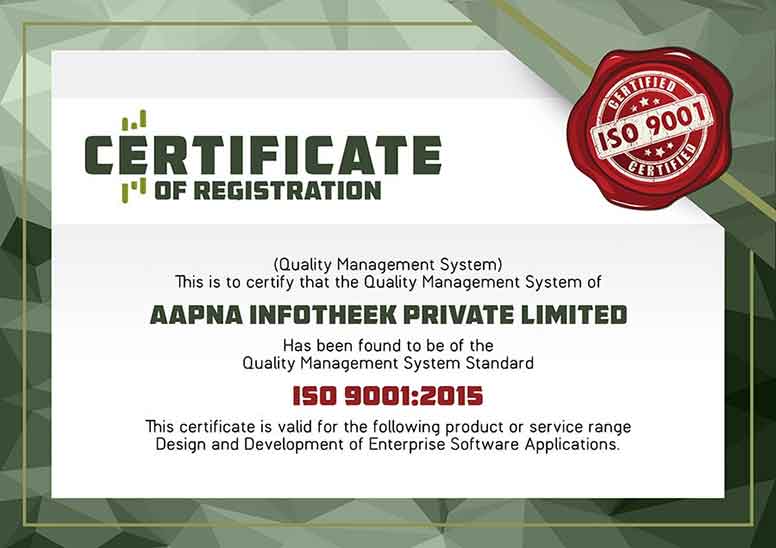Are you tired of being stuck in the old ways of doing business? Are you ready to take your company to new heights of efficiency and profitability? Then it’s time to embrace the power of automation.
In today’s fast-paced world, there’s no room for outdated practices and wasteful inefficiencies. That’s why automation and AI are quickly becoming essential tools for modern businesses. Don’t fall behind the curve – start now and reap the benefits of automation.
Don’t Take Our Word For It
This is what the World’s Leading Consultancy Firms have to say about Business Automation:
- According to a report by McKinsey & Company, automation could save companies up to $6.7 trillion annually by 2025.
- According to a study by PwC, businesses that embrace automation can increase their productivity by up to 40%.
- A report by Deloitte states that Companies that have adopted RPA report an average reduction in processing costs of 59%.

But How Do You Go About It?
So if Automation can be such a big game changer, how do you go about implementing it in your Business? Automation, or any other technology, can help your business only if implemented right. Let’s look at this interesting Quote from Bill Gates before we discuss the 4-step process to ensure the right implementation:
“The first rule of any technology used in a business is that automation applied to an efficient operation will magnify the efficiency. The second is that automation applied to an inefficient operation will magnify the inefficiency.” -Bill Gates
- Start with a quick self-analysis: The first step to introducing automation is to identify the pain points. Look for areas in your business that are time-consuming, repetitive, and prone to error. These are the areas where automation can have the biggest impact.
For Example, Hiring and onboarding new employees can be a time-consuming process, especially if a business has a high turnover rate. Automation can help by streamlining the recruitment process, screening resumes, scheduling interviews, and sending follow-up emails. - Take one step at a time: Once you’ve identified your pain points, start with automating simple tasks and processes and gradually build up to more complex ones. This will help you minimize risk and maximize ROI.
For instance, A business may start by automating simple inventory tasks such as receiving and recording new inventory. As they become more comfortable with automation, they can then automate more complex tasks such as tracking inventory levels in real-time and generating purchase orders.
- Go Beyond Simple Automation: Automating mundane and repetitive tasks can not only save you precious time and money, but also generate valuable data that can be harnessed to enhance your automation capabilities. With Robotic Process Automation (RPA) and Artificial Intelligence (AI), you can automate complex tasks that demand decision-making, analysis, and forecasting. By harnessing the power of RPA and AI, you can enhance accuracy and speed, minimize the likelihood of errors, and achieve significant cost savings over time.
For example, AI-powered chatbots can handle customer queries faster than humans, reducing response times and increasing satisfaction. With RPA and AI, they get more efficient every day by learning from new data. Case Study
- Make your systems talk to each other: So far we talked about automating individual tools. But just imagine your tools interacting with each other and automation running across tools. Integrating your systems and tools can help to streamline your workflows and reduce the need for manual intervention. This is no more just Automation, it’s Hyper-Automation at a large scale. Case Study
For instance, integrating your CRM, ERP, and other business tools to automate data entry and processing, as well as integrating your marketing and sales tools to automate lead generation and nurturing. This can result in more qualified leads and higher conversion rates, ultimately leading to increased revenue.

Summary
So, don’t wait any longer. Take the first step today, analyze your pain points, and automate simple tasks. Then, build up to more complex ones and integrate your systems and tools for hyper-automation. The future belongs to those who are willing to embrace change and innovation, and automation is the first step towards that future.
Conclusion
In today’s fast-paced business world, automation is no longer an option but a necessity. It is the key to unlocking greater efficiency, productivity, and profitability. By embracing automation and integrating advanced technologies like RPA and AI, you can revolutionize your business and stay ahead of the curve. Start Now!
Personal Note
- THANK YOU for reading this blog, we strive to help business leaders like you understand and implement automation.
- If this is a topic of interest to you, feel free to enter your email ID & subscribe below to stay updated.
- If you’re looking to get started or improve automation in your business, Click Here to book a 15-minute slot with us. We can consult and execute it for you with the highest efficiency
Other Related Articles You Might Be Interested In:








